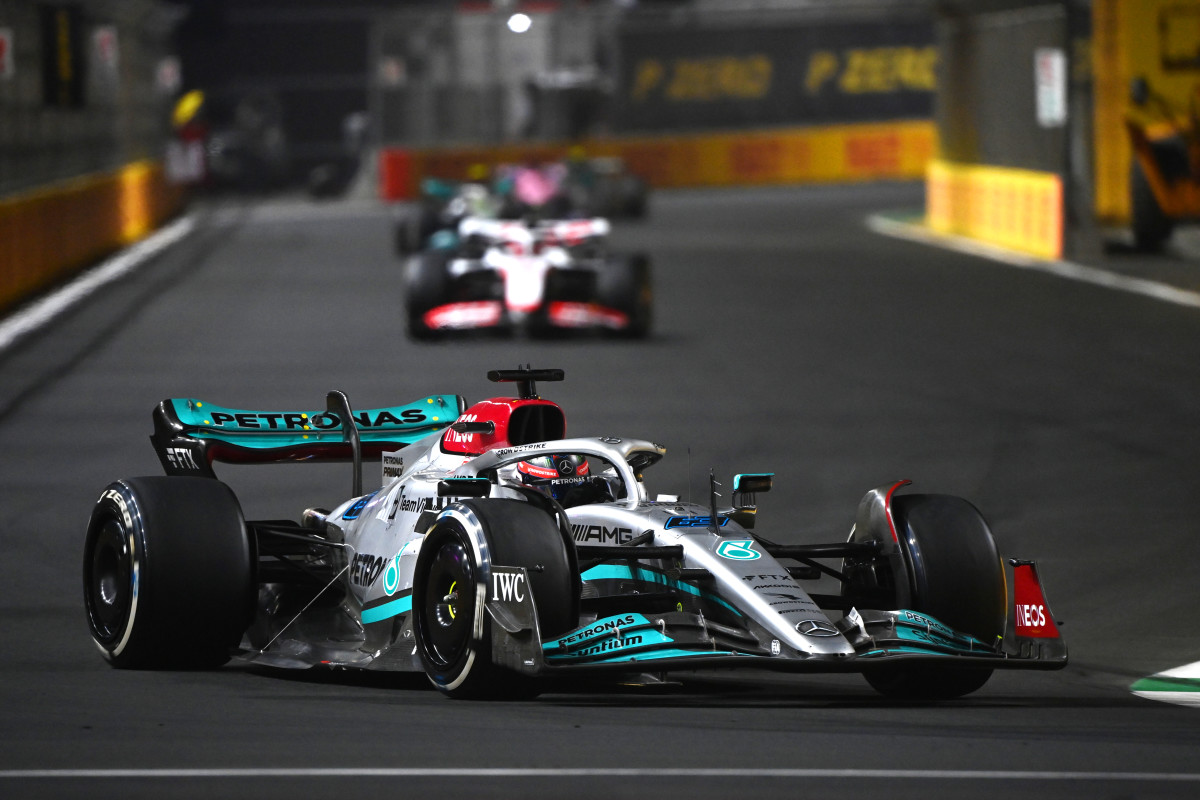FIA Plans For F1 Cars To Be Lighter and Smaller in Drastic Change of Heart

Nikolas Tombazis, head of single-seater technical matters for the FIA, has confirmed that they are looking to drastically change the cars moving forward.
The FIA's aim is to make the cars lighter and smaller in the future. Over recent years the cars have become wider, longer, and heavier which has made overtaking more difficult at some tracks such as Monaco and Baku. This sometimes makes for a less entertaining race at these tracks and a more interested qualifying.
Taking a look at the minimum weight requirement of the cars over the years, it was 600kg in 2000, then 605kg in 2009 when it was the last year where they had in-race refuelling. That has then gone up again to 642kg in 2013 which was the last year before the hybrid formula was introduced. The minimum weight for the 2022 season was 798kg and this is expected to be lowered by 2kg next season.

We are set to see many changes over the next few years, especially with the new power units that will be introduced for the 2026 season as the sport is on its way to being carbon neutral by 2030.
Tombazis has spoken to The Race about the changes they are looking to make. He said:
"It is realistic to make them a bit lighter. Not a massive amount; we have to consider that the difference in weight since 2000, say 20 years ago or so, is about 200kg, which is a massive number.
"Out of those 200kg, about 100 comes from the power unit, so from the electrical parts, batteries, turbos and so on. That is a big weight increase.
"But it it is necessary to keep Formula 1 relevant to the directions of society. While a petrol-head would like a V10 and end of story, we know we have to go in the direction we've gone. So that counts for about half of the weight increase. About 50kg-odd are for safety. So halos, much stronger chassis, bigger protections and so on and so forth. So again, nobody would want to compromise that.
He continued:
"Then there's where the opportunity is, and there's about 15-20kg because of more complex systems on the cars and there's about 30-35kg on car dimensions. So cars being much longer and wider, bigger tyres and so on.
"We believe in the car dimensions there lies an opportunity. We would want 2026 cars to be quite a lot shorter and probably maybe a bit narrower as well and all of that is going to contain the weight increase.
"On the other side, there is a battery increase because we are going more electrical which is adding a bit of weight. So the net effect I hope is going to be a bit lighter, but not a massive amount."
